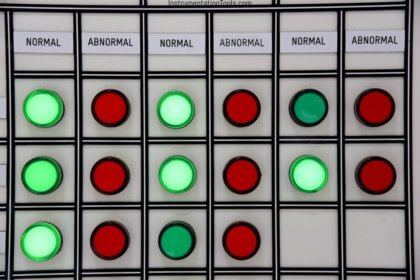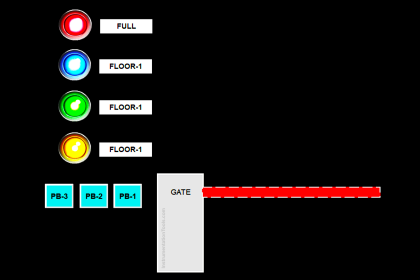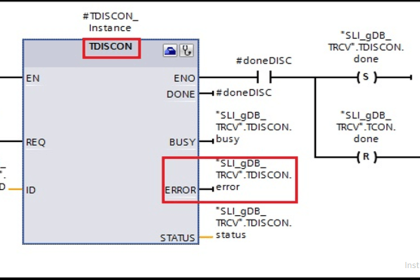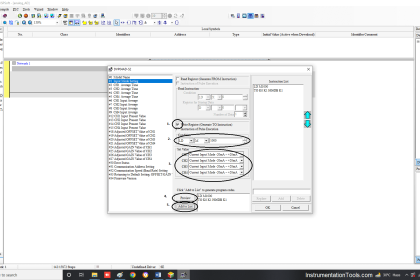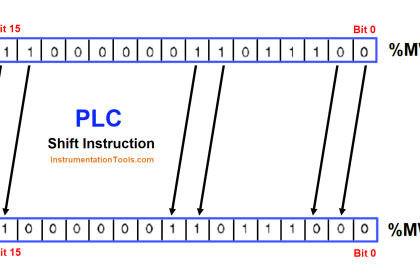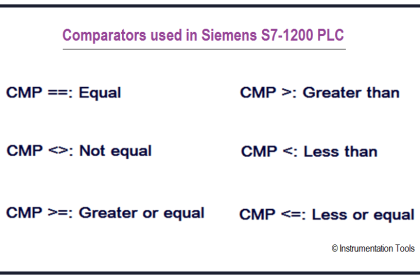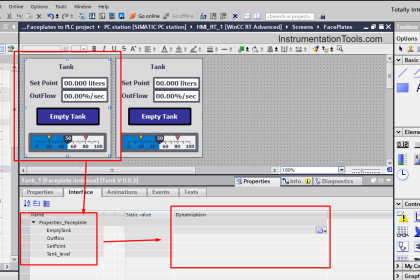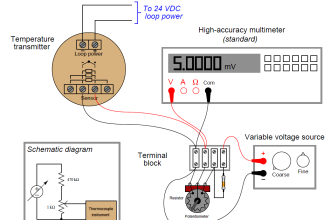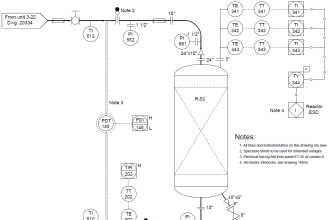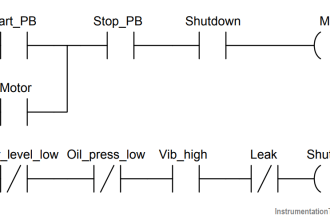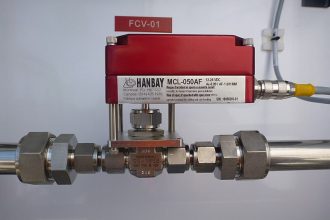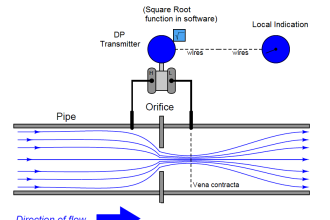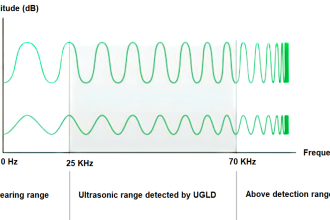In an electrical panel, one of the most problem-giving means is heating. As electrical components run inside a panel, they discharge heat over a period of time. This happens due to current consumption and as we know, current throws thermal energy outside when in a large rating.
Electrical Cabinet
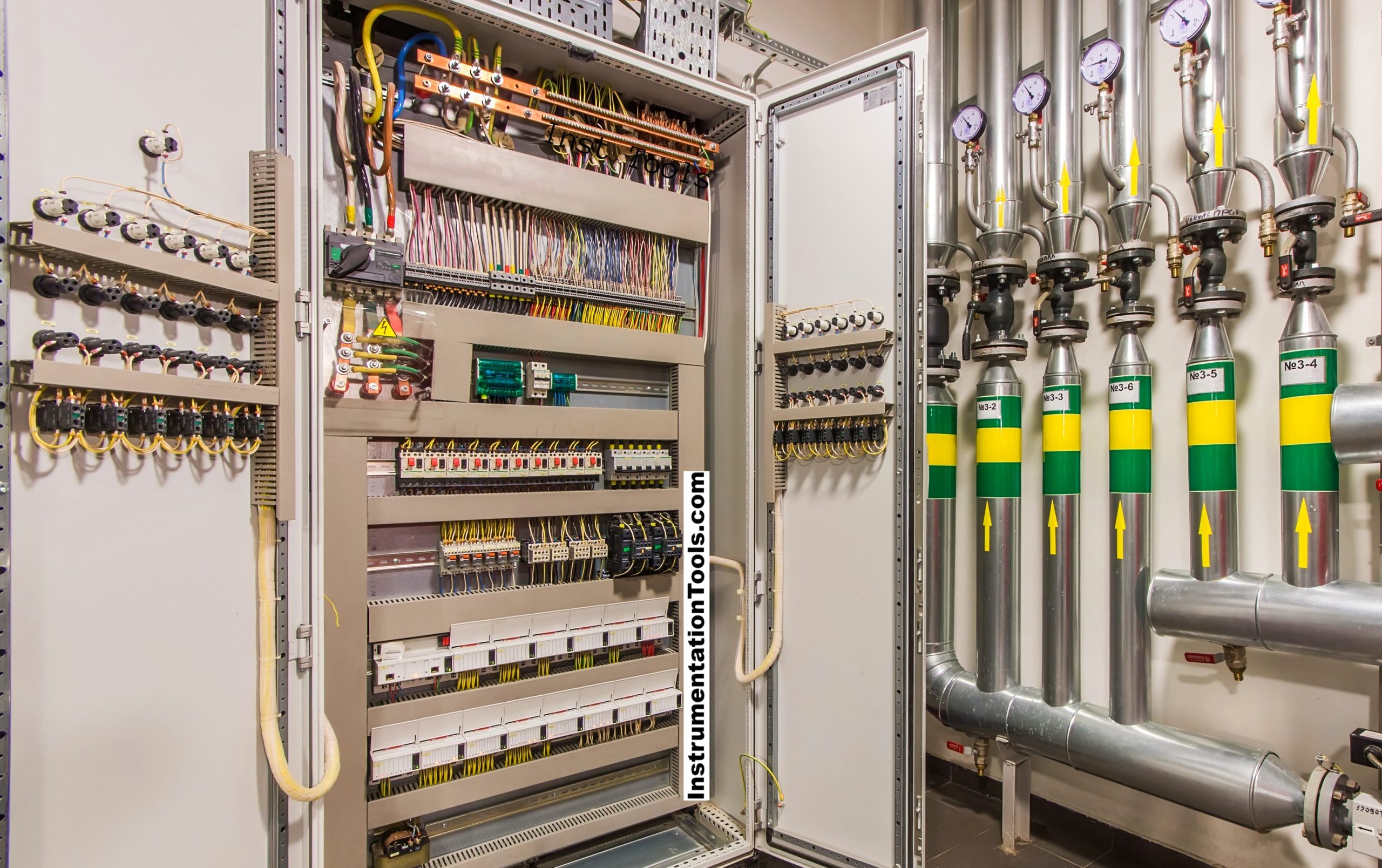
The heating issue cannot be observed mostly in smaller electrical panels but is observed generally in panels where current consumption is large. Overheating after a period of time can damage the electrical components or burn wires inside.
So, cooling methods must be adopted in electrical panels to control the heat. One such method used in panel cooling is using air conditioners. In this post, we will see the concept of air conditioners in panel enclosures.
Enclosure Cooling
First of all, let us understand why cooling is required in a panel enclosure. As you know, electronic and electrical devices have operating temperature ranges written on their nameplates. When a device is operated in that range, it functions for a good lifetime span.
But, if the device is operated at high temperatures for a long time, it can cause various types of faults like overload, internal burning of components, and breakdown of components. This high temperature is not good for devices inside the panel. Increasing device failures also cause an increase in maintenance costs.
So, cooling methods must be done in panel enclosures to increase the lifetime of devices and maintain the operation under control for a long time. There are many methods to cool a panel like natural convection cooling, forced convection cooling, air conditioning, heat exchangers, vortex cooling, thermoelectric cooling, etc. Out of these, we will discuss air conditioning in this post.
Closed Loop Cooling
Air conditioning is a type of closed-loop control. Basically, it monitors outlet temperature and accordingly, operates the compressor and condenser fans. Usually, condenser fans are on continuously, but the compressor is the one that controls temperature by loading and unloading the refrigerant gas inside the circuit. This gas flow is responsible for efficient heat exchange between inlet temperature and outlet temperature. This same principle works for a panel enclosure AC (air conditioner).
The AC is mounted on the side of the enclosure panel. The temperature inside the panel is monitored continuously. When the temperature rises, the compressor will increase the loading of gas to bring down the temperature, by exchanging hot inside air with the outside air.
When the temperature decreases, the compressor performs unloading of gas to bring the temperature up by exchanging cold air with the outside air. Air must not be too cool or too hot, as any extreme condition can damage the components.
How to Calculate Enclosure Airflow?
Now that our concept of air conditioning is clear, we will see how to calculate the airflow inside the panel for designing the AC circuit.
Consider the following parameters for calculation:
- Heat dissipated
- Air temperature
- Location of the panel
- Delta temperature (difference between outside and inner temperature)
- Volume of air required at a particular altitude per ºC change
It is necessary to understand that the maximum ambient temperature must always be higher than the maximum enclosure temperature inside. This is because heat exchange takes place by taking cooler air from outside and if the ambient temperature is only hotter, then the heat exchange will not take place effectively.
So, to select the best air conditioner system, the delta temperature must be related to the cooling capacity of the AC unit. If the difference is higher than the cooling capacity, then it means the AC unit will perform within its limit by providing efficient heat exchange.
Enclosure Air Conditioner Maintenance
- Always check on a periodic basis whether the delta temperature is higher than the cooling capacity. This will ensure that the AC unit will be able to properly exchange heat with the outside ambient air temperature.
- Ensure that the panel is closed properly without any leakages or holes. This will prevent outside dust from entering the panel and also ensure that any air does not leak during the process of refrigeration.
- Panels must not be opened frequently. If this is the case, then install a sensor for sensing door opening or closing. Take action on sensing it.
- Nowadays, PLC is mostly used inside the AC unit for proper control. Do regular maintenance of the PLC and see to it whether its program is working properly or not.
- Filters play a critical role in filtering air dust, dirt, and non-corrosive liquids. Regularly clean the filters.
- The most important thing is proper panel wiring. If the wiring and component placing are not done with proper engineering, then cooling will not be effective. So, leave maintenance ahead; first ensure proper panel design and engineering.
Read Next:
- What is Distributed IO in a PLC?
- Inputs Sharing Between PLC Systems
- PLC Multi-Motor Control for Beginners
- Siemens Communication with I-Device
- PLC Programming Projects for Beginners
